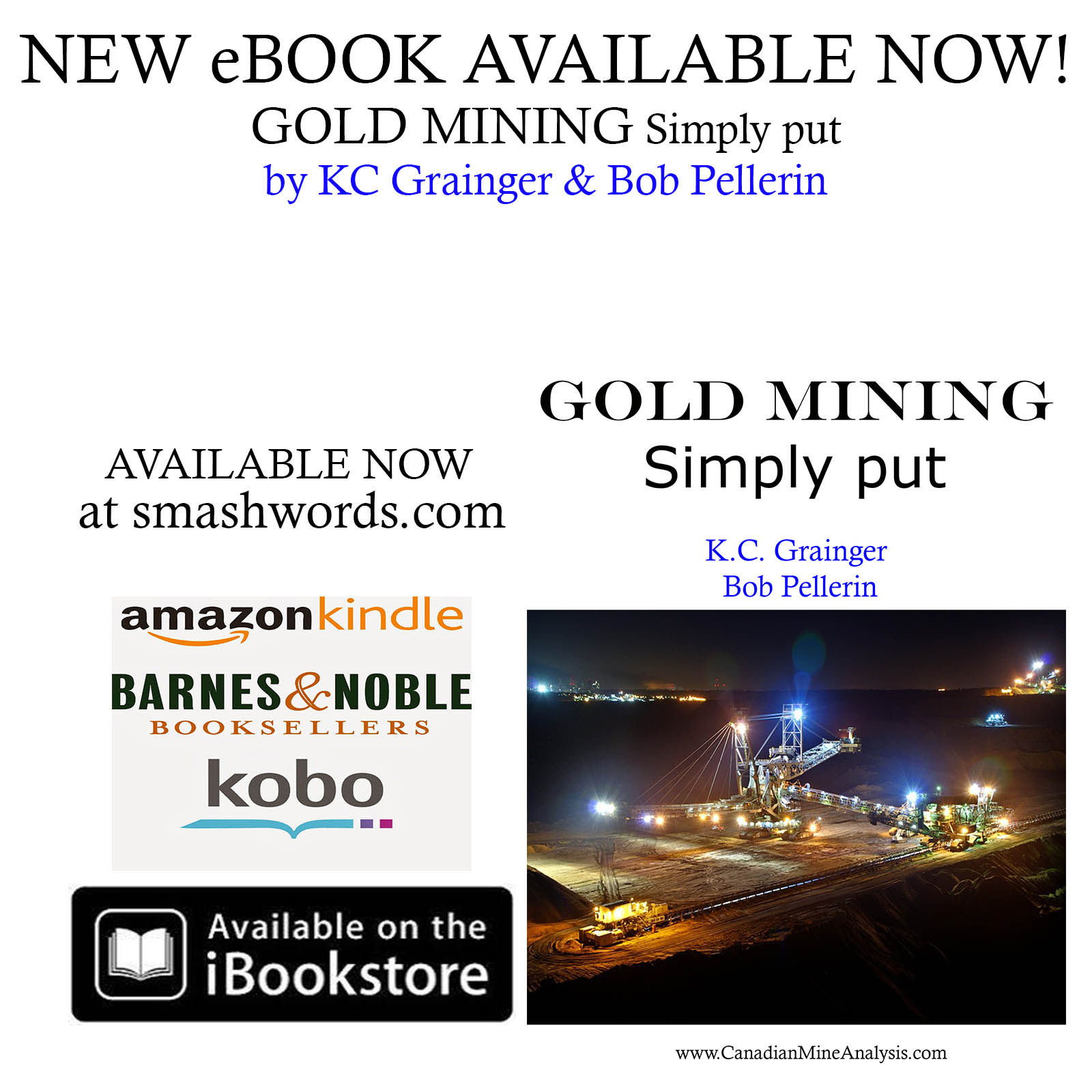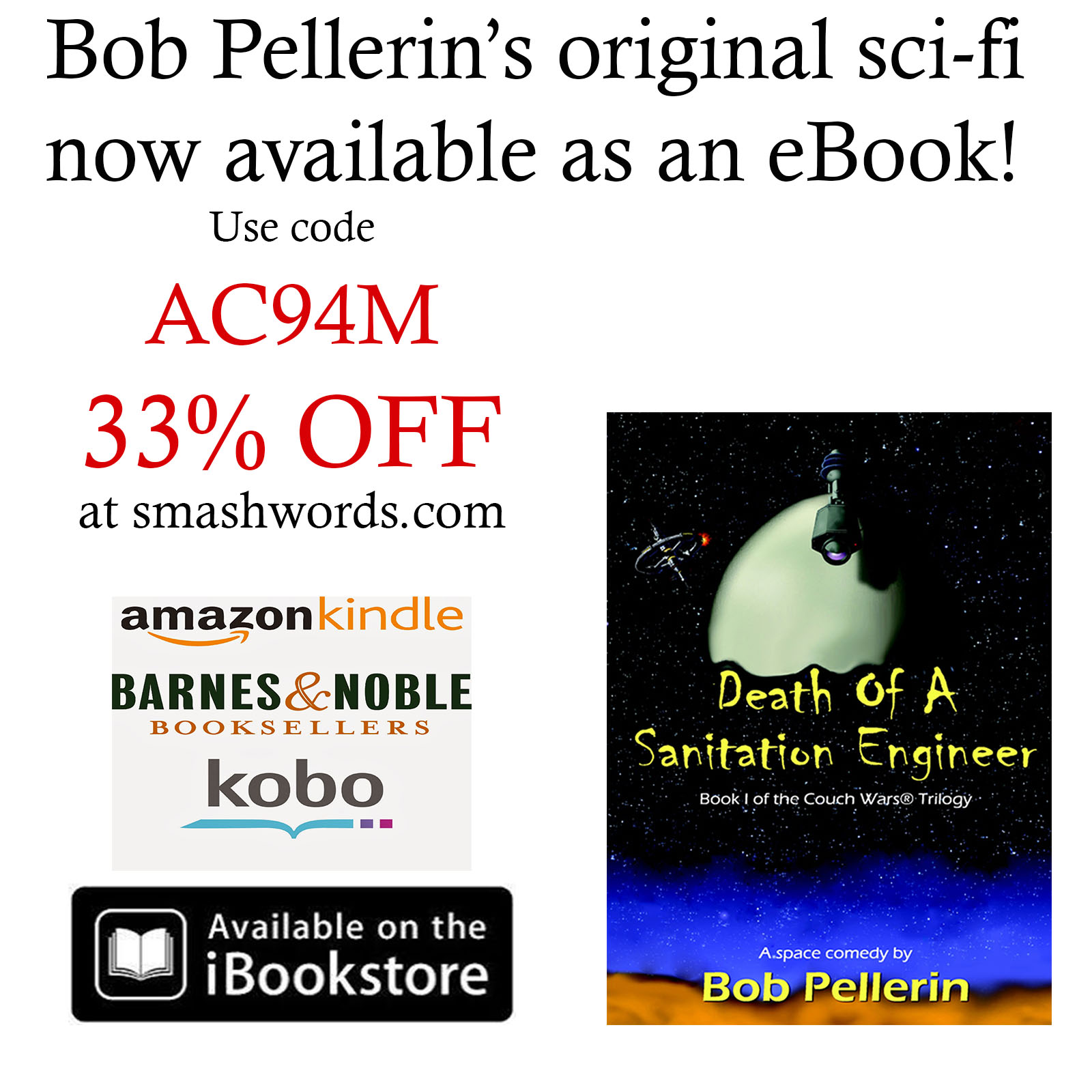This Checklist Could Simplify Your Investment Decisions for the Mining Juniors; By Michael Kosowan, Investment Executive, Sprott Global Resource Investments Ltd.
“Any intelligent fool can make things bigger, more complex, and more violent. It takes a touch of genius — and a lot of courage – to move in the opposite direction.” – E.F. Schumacher
Have you ever learned something that was so surprising that you just couldn’t get it out of your head? I had that experience recently…
A while back I read that the WHO – and I don’t mean the English rock band, but the World Health Organization – had lowered the rate of complications in surgery by half with one very simple thing: a checklist.
Can you imagine that? Something as simple as a checklist had offered a decisive and powerful solution. Not a multimillion-dollar piece of equipment or the latest in pharmaceutical developments, but a list, a series of words on a page. A checklist must surely be the humblest, the most basic of organizational tools available. Yet there you have it – lifesaving!
In another case, in 1935, a bomber that Boeing had designed for sale to the US Army Corps crashed shortly after takeoff during a test flight in front of military commanders. Faced with being shut out from bidding, Boeing’s engineers realized that pilot error could be avoided by forcing pilots to follow a simple checklist. Using checklists, the rest of the fleet flew 1.8 million miles without incident, and Boeing won the bidding.
In a recent piece I wrote for the Sprott’s Thoughts series, I promised to describe some of the key elements to consider when evaluating and making stock selections – how to “pick the stars,” so to speak. I tantalized readers with assurances of insight and tips on how to make good stock picks, and now I plan to make good on my promise.
In order to ensure your success in making those decisions, I want to provide you with – you guessed it – a checklist! More specifically, an Investor’s Checklist, designed to assist you in scrutinizing a gold-stock share before taking the plunge and adding it to your portfolio.
So what are some of the key factors you need to look for when seeking out potentially profitable investments? What characteristics does a good stock pick have? What do companies need to have on their balance sheets in order to make the cut?
Point of fact, this is part of what I do every day! As an investment broker for Sprott Global, I am constantly evaluating companies and judging their potential success. I am looking for high-return and high-potential rewards for my clients. Always on the lookout for investment opportunities, this list is part of my formula for making those judgment calls.
The list looks deceptively simple, as most elegant solutions are, but it encompasses all the necessary criteria – the “must haves” – on the list for picking the stars when choosing gold shares that will yield the best returns. Now more than ever, these criteria are crucial to the success of your investment.
Investor’s Checklist:
â Balance Sheet
â Management
â Low Capital Costs
â High Margin
Balance Sheets:
Let’s begin with balance sheets, which can be intimidating for some investors. They do not need to be. You do not need be a forensic accountant to determine some of the basic hallmarks of a stable and healthy balance sheet. Here are a few things you want to look for.
First, determine if the company has sufficient cash to cover its projected expenses for the next two years. In a nutshell, “your concern is their burn”: How much are they spending, and how fast? Cash is especially important now, as financing continues to be tough in this market.
Along with that, you should be looking out for “capital raises” of any kind. A large capital raise could create a double whammy, resulting in weaker share prices overall while simultaneously diluting the equity of existing shareholders.
Paradoxically, a small financing could signal desperation, as the company fights to cover small, incidental costs that yield no benefit to its exploration venture. The money might even be going toward covering working capital deficits and salaries only! So be wary of both large and small financings, and determine their purpose.
Second, you don’t want a company that has debt or high property payments due in the near future, especially if the company has no cash flow. The cash balance must be sufficient to take it to its next technical milestone; how far will the company get in its exploration program before needing to raise capital yet again?
Finally, be aware of their general and administrative (G&A) costs. I’m cheating a little here, because G&A costs show up on the income statement rather than the balance sheet, but they’re important nonetheless. Take a look at the company’s monthly bills to keep the lights on, pay employees, and move exploration forward.
Management:
When it comes to mining stocks, management is the key. Get to know the management team!
Many times a less-than-stellar property can be made viable by a great management team that has the ability to prove that its deposits are economically attractive or even potentially profitable.
The guys running the show need to have a ton of experience, ideally with the commodity involved.
Even better is when management and/or the company’s geologists have made significant discoveries in the past and have brought those deposits all the way to production.
Experienced management will also know how to navigate the legal, political, and financial issues. Especially important, and sure to arise in many North American jurisdictions, is the permitting process. Inability to secure a permit is a show-stopper in this field, and a management team that is familiar with the requirements will understand the intricacies of this often thorny process.
One last word on this: look for companies where the key people have plenty of “skin in the game,” ensuring their shares and stock-option interests align with those of the other shareholders – like you and me.
Low Capital Costs:
Capital cost is simply the total cost to put the mine into production, and without stating the obvious, the lower the better. This information is commonly found in the feasibility studies for the project; an astute investor will determine if capital costs justify the return on investment.
The current challenging financial scene has made it extremely difficult to access capital, and in some cases, it has nixed the startup for some of the big, high-tonnage deposits. In addition to that, recent over the top capital expenditures on a series of high-profile projects amongst the senior producers has further alienated the market’s willingness to finance these ventures.
Not that long ago, companies with high capital costs were being rewarded for big projects. The mines that were once heralded for their high production rates and high leverage to gold prices now go to the back of the line due to their high capital costs. The money willing to finance these grand, lower-return ventures simply is not there.
High Margin:
The mantra “grade pays – tonnes cost” is a decades-old adage in the mining industry.
The most simple and obvious way for the market to assign a high margin is to look at high grade. Margin is mostly affected by grade and cost. In this market, it has become monumentally important to seek out high-grade deposits. Why more so now than ever?
Because the Holy Grail for many of the junior gold mines is to be acquired by a senior. In order to do that, the company must be able to offer a high-grade deposit – or the takeover won’t happen.
From my perspective, many of the senior gold producers have developed an inward-looking focus. They are attempting to develop low-grade ounces in a rising cost environment. These older mines are getting deeper and more costly. Production expansion is coming at a much higher price; at some point, this will prove to be a losing battle.
High-grade, high-return deposits are becoming key, since senior gold producers have stopped spending money on exploration, leaving them with only one place to turn – acquisition of good-looking discoveries from junior mining companies.
Conclusion
This checklist helps establish the fundamental elements crucial to the success of your investments – but I am sure you can appreciate that they only represent the tip of the iceberg of due diligence for your stock portfolio selection.
In an unforgiving and volatile market, it takes a much higher standard of scrutiny to tease out the stars of the show. There are still many lucrative investment opportunities available to the savvy investor, and I would be pleased to assist or consult with you on any of your investment matters.
In the meantime, do your homework, and keep the list handy!
Michael Kosowan has been an investment executive since 2000 and proudly learned the ropes and untied the knots during the ““rumored gold crises” of 2000 and 2008. Contact Michael atmkosowan@sprottglobal.com.


![[Most Recent Quotes from www.kitco.com]](http://www.kitconet.com/charts/metals/gold/t24_au_en_usoz_2.gif)


